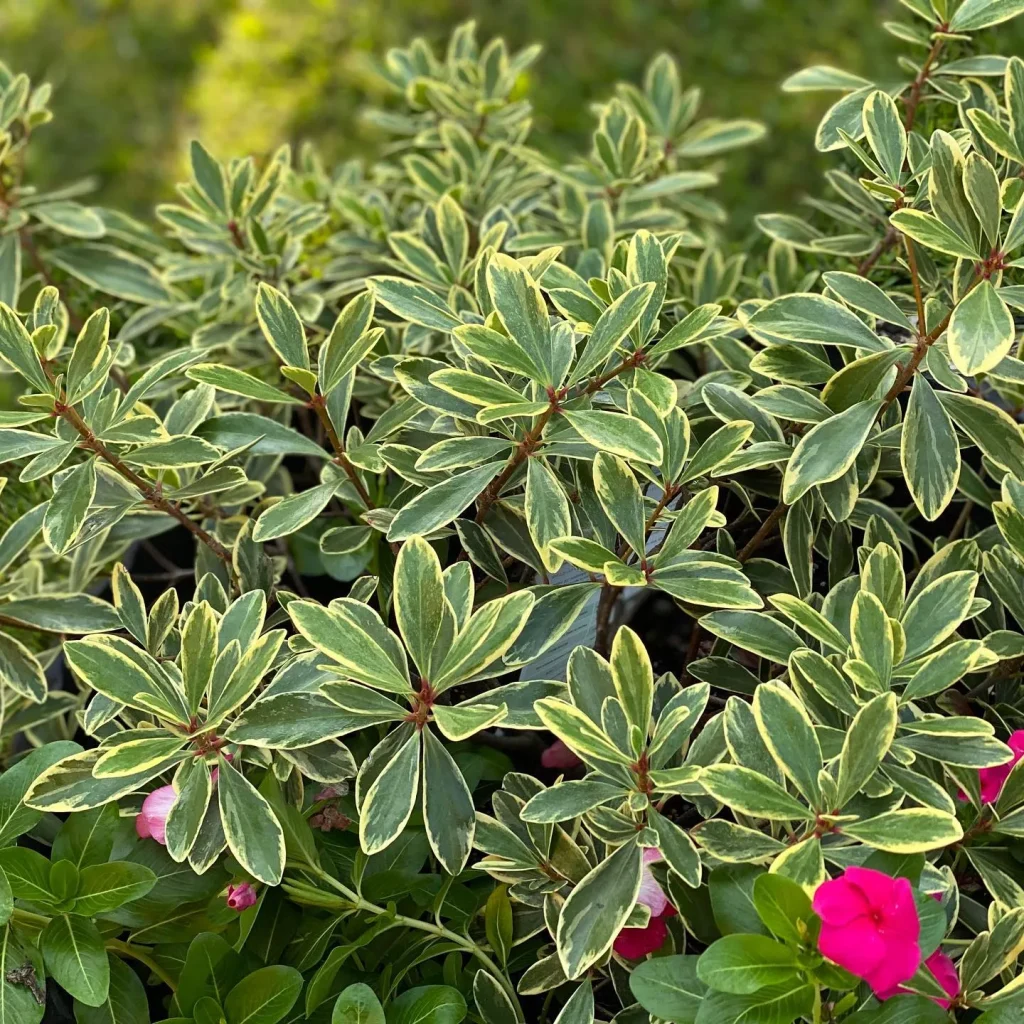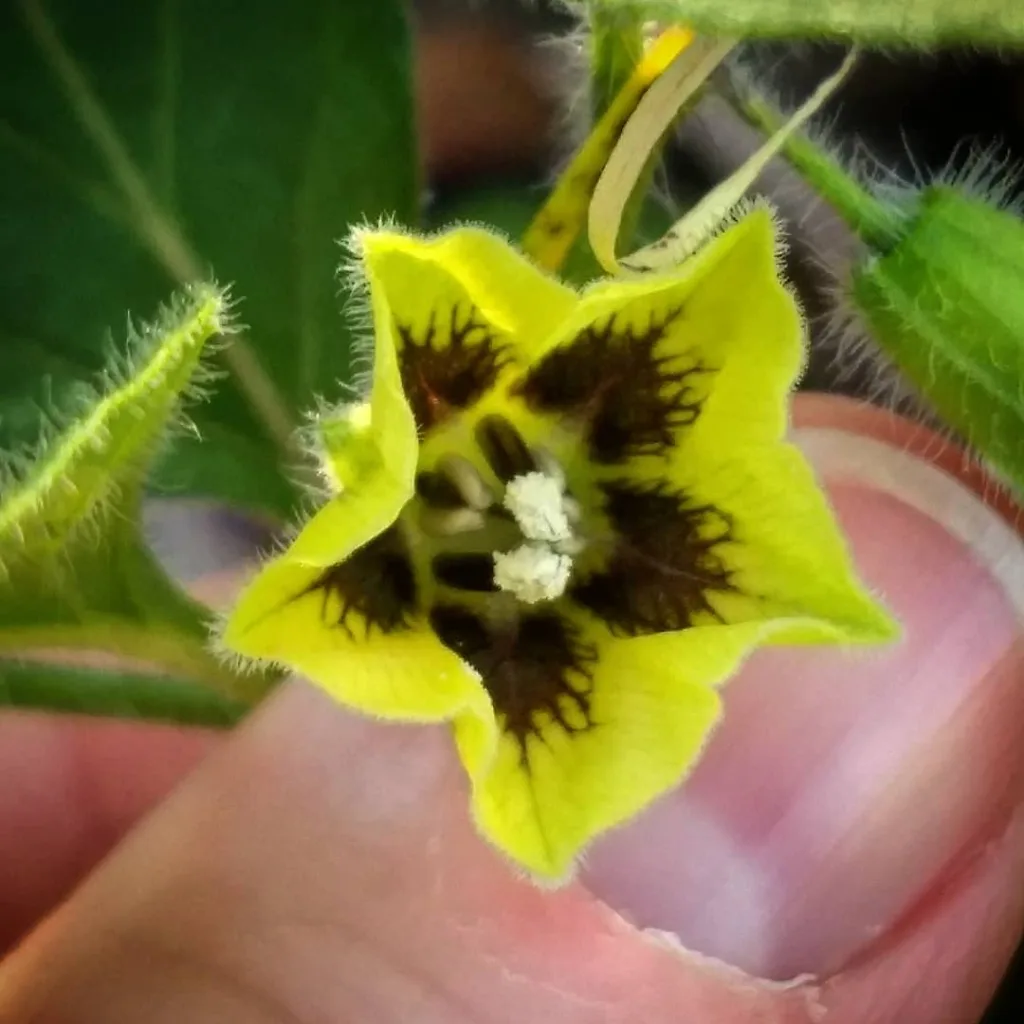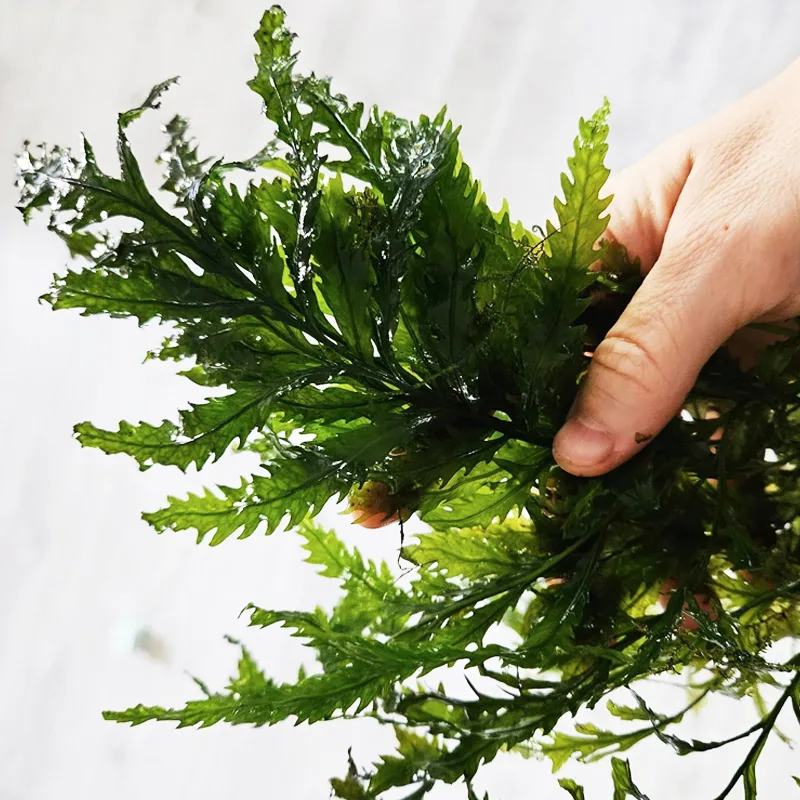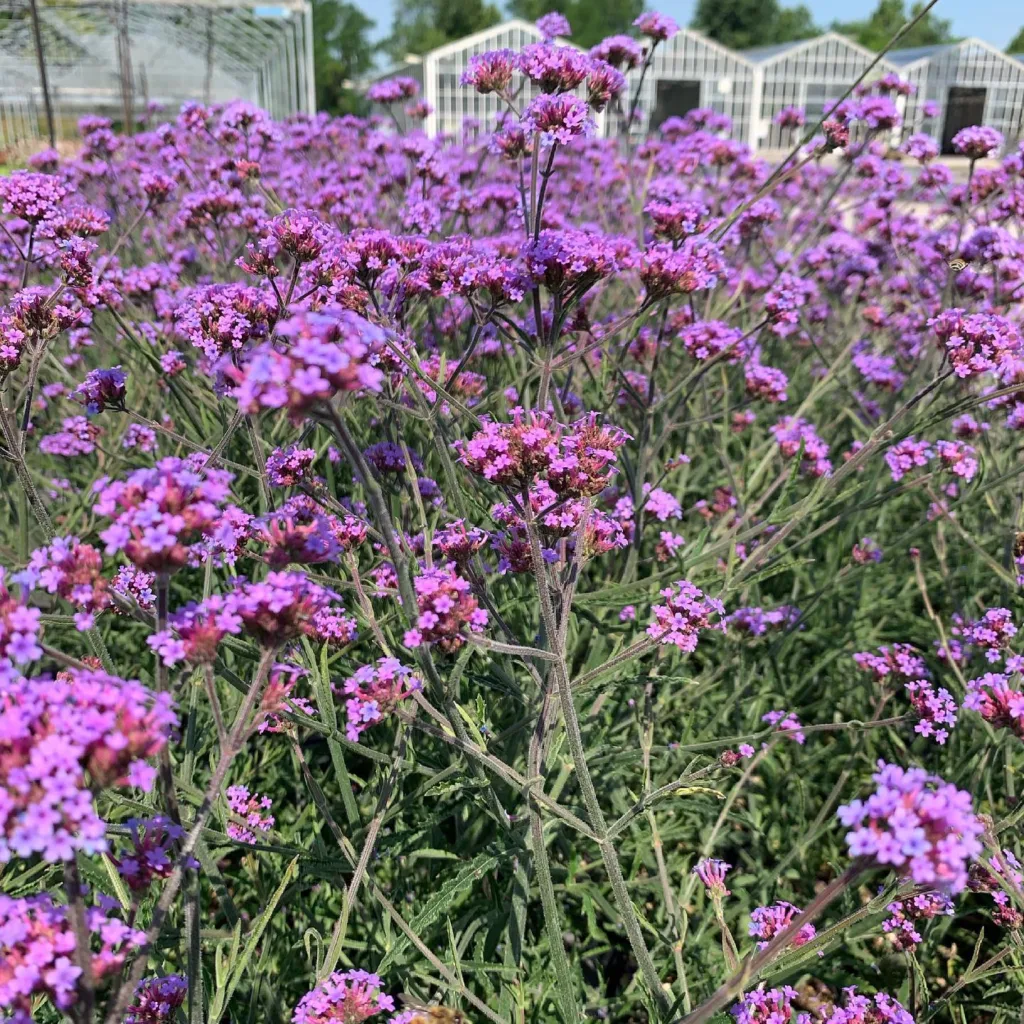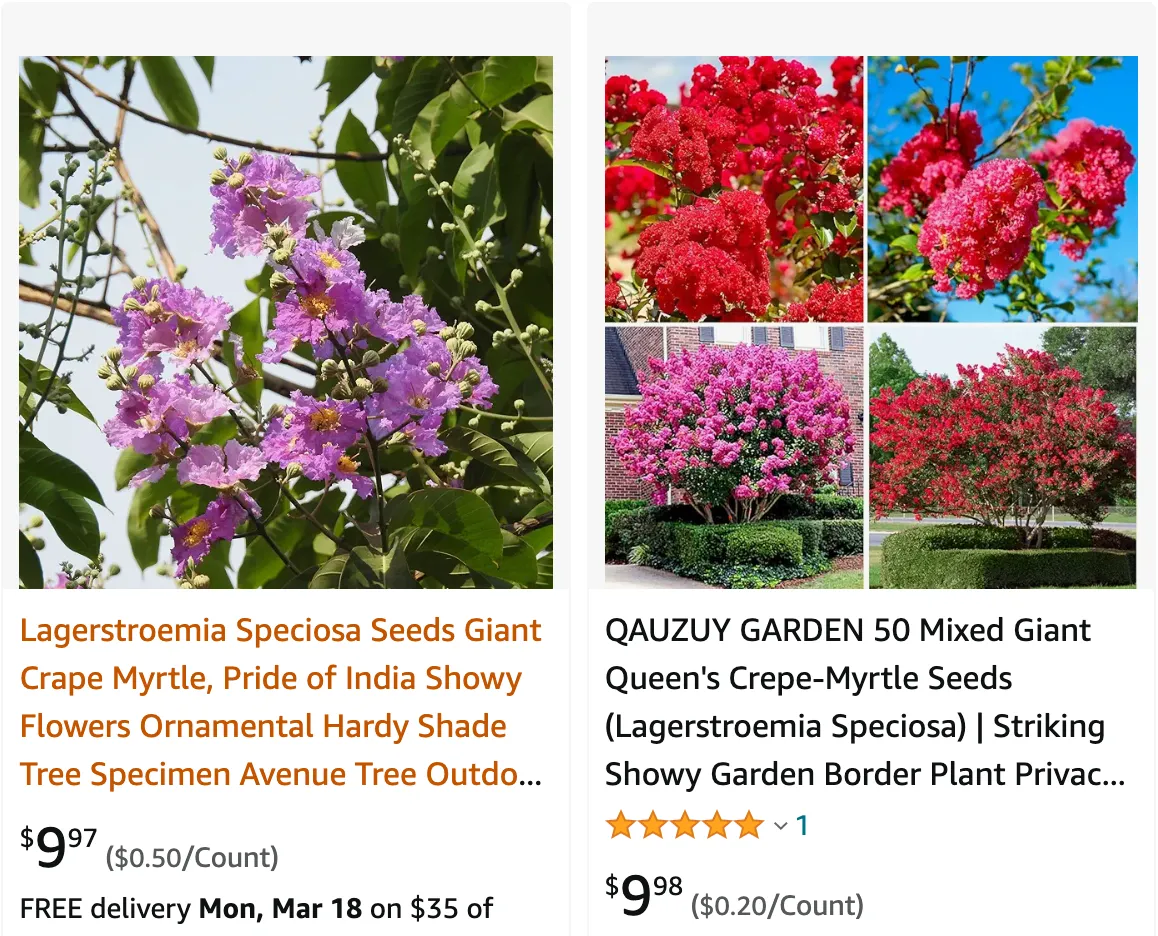
Unlocking the Beauty and Benefits of Lagerstroemia Speciosa
As an avid enthusiast of botanical wonders, I’ve always found solace and fascination in the vast array of plant species that adorn our planet. Among the many gems of nature, one particular species stands out for its striking beauty and diverse applications: Lagerstroemia speciosa.
49 Species in Genus Lagerstroemia
What is Lagerstroemia speciosa?
Lagerstroemia speciosa, commonly known as Queen’s crape myrtle or simply banaba, is a species of flowering plant native to Southeast Asia, particularly in countries like the Philippines, Malaysia, and Indonesia. Belonging to the family Lythraceae, this majestic tree is renowned for its vibrant clusters of flowers, which range from shades of pink to purple, creating a captivating spectacle in any landscape.
Standing tall with its distinctive peeling bark and glossy, elliptical leaves, Lagerstroemia speciosa is not only a sight to behold but also a treasure trove of medicinal properties and practical uses.
What is Lagerstroemia speciosa leaf extract used for?
The leaves of Lagerstroemia speciosa hold a wealth of therapeutic compounds that have been traditionally used for various health purposes. Extracts derived from the leaves are known to possess antidiabetic properties, making them a valuable natural remedy for managing blood sugar levels. Rich in corosolic acid, these extracts aid in improving insulin sensitivity, potentially benefiting individuals with diabetes.
Moreover, Lagerstroemia speciosa leaf extract is also valued for its antioxidant properties, which help combat oxidative stress and inflammation within the body. This makes it a promising supplement for promoting overall health and well-being.
Beyond its medicinal applications, Lagerstroemia speciosa leaf extract has found its way into the realm of skincare and cosmetics. With its potential to protect against UV-induced skin damage and promote collagen synthesis, it serves as a valuable ingredient in anti-aging and sun care formulations, offering a holistic approach to skincare rooted in nature.
How to Care for Lagerstroemia Speciosa?
Caring for Lagerstroemia speciosa requires attention to its specific needs to ensure optimal growth and vitality. Here are some essential tips for nurturing this botanical beauty:
- Sunlight: Lagerstroemia speciosa thrives in full sunlight, so be sure to plant it in a location where it can receive ample sunshine throughout the day.
- Soil: Well-draining soil is crucial for Lagerstroemia speciosa, as it helps prevent waterlogging, which can lead to root rot. A loamy, slightly acidic soil with good fertility is ideal for promoting healthy growth.
- Watering: While Lagerstroemia speciosa is relatively drought-tolerant once established, it benefits from regular watering, especially during periods of prolonged dryness. Ensure that the soil remains evenly moist, but avoid overwatering to prevent waterlogged conditions.
- Pruning: Pruning Lagerstroemia speciosa is essential for maintaining its shape, removing dead or diseased branches, and promoting flowering. Prune during the dormant season to encourage vigorous growth and abundant blooms.
- Fertilization: Apply a balanced fertilizer formulated for flowering trees during the growing season to provide essential nutrients for healthy development and prolific flowering.
By following these care guidelines, you can enjoy the beauty of Lagerstroemia speciosa while ensuring its long-term health and vitality.
How to Propagate Lagerstroemia Speciosa?
Propagation of Lagerstroemia speciosa can be achieved through several methods, including:
- Seeds: Collect seeds from mature fruits and sow them in well-draining potting mix. Keep the soil consistently moist and provide warmth and indirect sunlight for germination to occur.
- Cuttings: Take semi-hardwood cuttings from healthy branches during the growing season. Dip the cut ends in rooting hormone and plant them in a mixture of perlite and peat moss. Keep the cuttings moist and warm until roots develop.
- Air Layering: Select a healthy branch and make a slanting cut in the bark. Apply rooting hormone to the wounded area and wrap it with moist sphagnum moss, securing it with plastic wrap. Once roots form, cut the branch below the rooted area and transplant it into a pot.
By employing these propagation methods, you can propagate Lagerstroemia speciosa and expand your botanical collection with ease.
What to Plant with Lagerstroemia Speciosa?
When designing a garden or landscape featuring Lagerstroemia speciosa, consider companion plants that complement its beauty and enhance its surroundings. Some excellent options include:
- Tropical Flowers: Incorporate vibrant tropical flowers such as hibiscus, bougainvillea, and frangipani to create a colorful and exotic ambiance.
- Foliage Plants: Pair Lagerstroemia speciosa with lush foliage plants like elephant ears, ferns, and palms to add texture and contrast to the landscape.
- Ground Covers: Utilize low-growing ground covers such as liriope, creeping thyme, or ajuga to fill in empty spaces and provide a verdant carpet beneath Lagerstroemia speciosa’s canopy.
By carefully selecting companion plants, you can enhance the visual appeal of Lagerstroemia speciosa and create a harmonious garden retreat.
In conclusion, Lagerstroemia speciosa is a botanical marvel that captivates with its beauty and offers a multitude of benefits for health and aesthetics alike. Whether admired for its exquisite flowers, cherished for its medicinal properties, or incorporated into garden landscapes, this remarkable tree continues to inspire awe and admiration wherever it grows.
If i die, water my plants!
